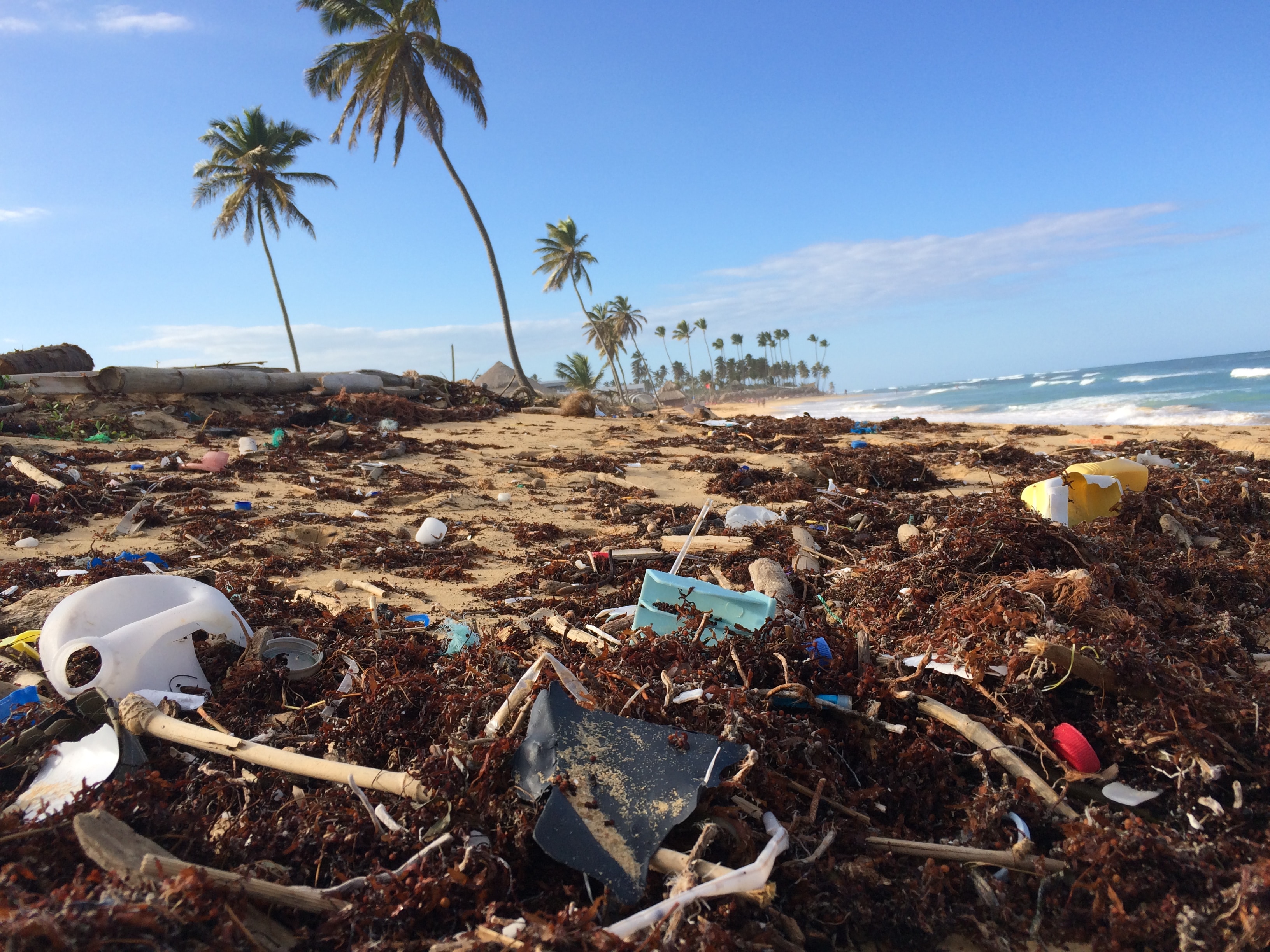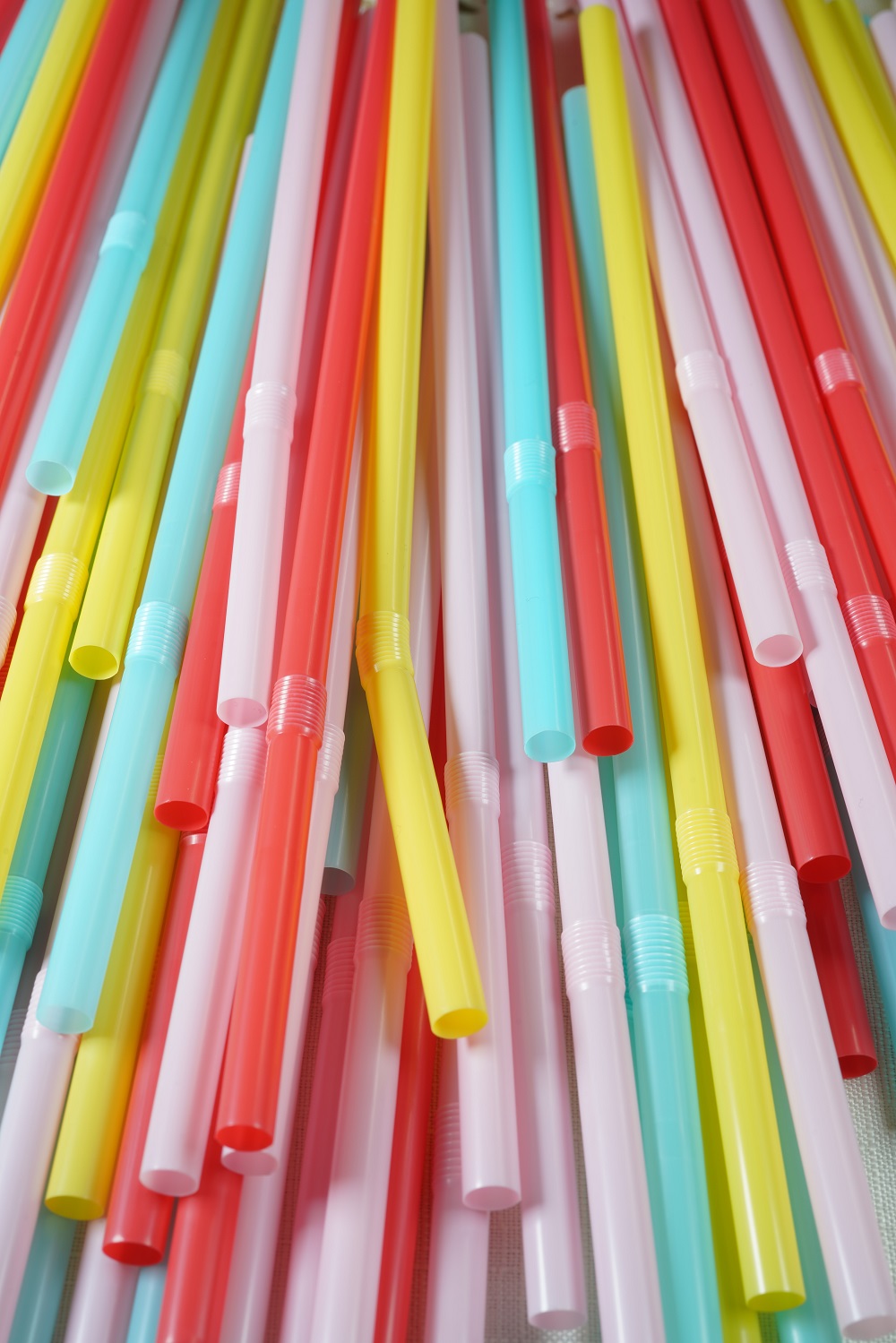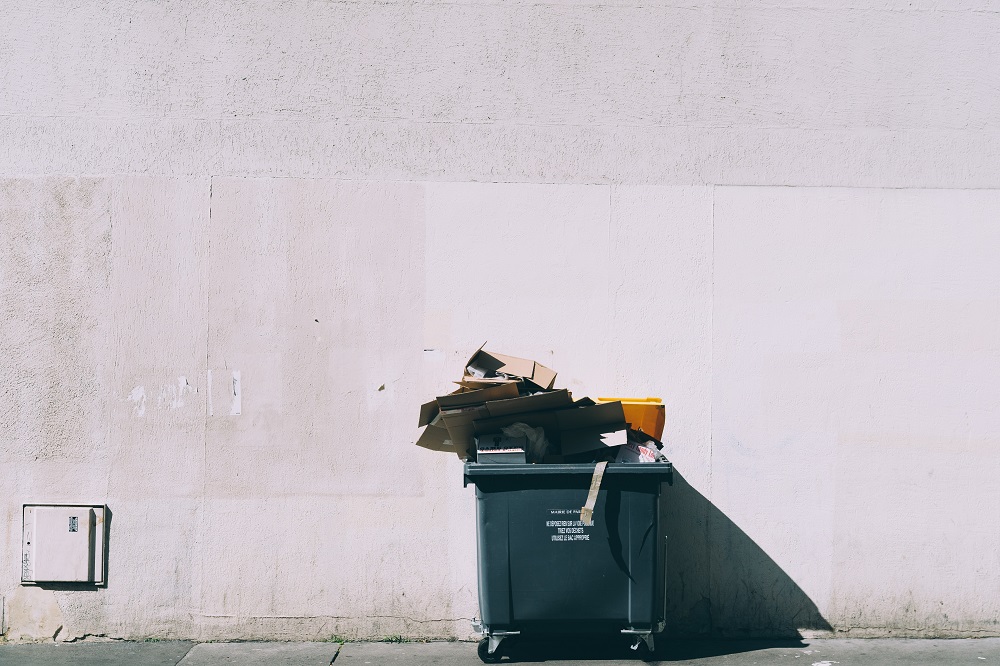Plastic has been known to be one of the worst forms of waste for the environment. It can take up to 500 (Chariot) years to decompose. The first fully synthetic plasticine was developed in 1907 (Science Museum), so it hasn’t even been 150 years since it was invented. It’s ironic because it takes longer for some types of plastic to decompose than the time it has been in use from. It is odd to think that some forms of plastic that were used in the early twentieth century might still be around in the world today, and it is what makes our current situation so dire.

Use of Plastic in Daily Life
Over time, plastic has been put to use in different things that we use in our daily lives. It is so wholly integrated in our everyday use that trying to eliminate plastic use and start adopting a zero waste lifestyle becomes nearly an impossible task.
Think about it. Where do we use plastic?
We order food and it comes delivered with plastic packaging. Up until very recently all the straws we drank out of were plastic. Your daily coffee order to go will have a plastic lid. Your motorcycle and car have plastic components. Your bottle of water is made of plastic. Your clothes tags have plastic.Your toothbrush. Toothpaste packaging. Shampoo bottle. Bodywash.
You get the drift.
All of this is only based on some of an individual’s usage on a micro scale. If you try to think about this from a macro perspective you will find yourself aghast and honestly, quite upset.
Where there is use, there is plastic. And where there is plastic, there is waste. Waste that does not decompose.

Read more: 50% Reduction in Carbon Emissions by 2030 – Sustainable Future With EU Taxonomy
The Story of Plastic Pollution
Since plastic takes so long to break down, it is virtually indestructible. It means when we throw away the plastic it will just accumulate over time and continue to exist for long after we have forgotten about it. And it will continue to exist long after we have gone. That is what is so problematic about plasticine. It accumulates and more often than not it is not disposed off properly.
Take the ocean for example. Marine life has been severely affected by plastic pollution. Because of improper disposal of plastic waste, over 14 million tons of plastic (IUCN) end up in the ocean every year. The ocean beds are literally littered with waste that we have produced. Microplastics are being ingested by the marine wildlife and they get caught in the broken fishing nets, can holders, even the strings from the masks (a recent development thanks to the Coronavirus pandemic) and this leads to an increase in the number of deaths. A lot more species are becoming endangered because of this, and this is only one aspect that affects their lifespan.
This is just the marine life. Land waste pollution affects the quality of soil, quality of the water that we drink, and overall it creates a lot of health hazards for us and our surroundings. Clearly, this issue has gotten a lot of traction globally and it has become a major problem that we are trying to solve.
There is no way we can completely eliminate plastic from our lives because it is so integrated into our daily use. We need it, but that does not mean we cannot minimise our consumption. There are alternatives in use already. Paper decomposes a lot faster than plastic does and it has become a staple replacement for use in a lot of cases.
Alternatively, scientist Maurice Lemoigne developed bioplastics in 1926 (Bioplastics News), and now it is becoming a staple alternative to plastic. So what exactly are bioplastics? Are they really sustainable enough for wide usage?
Bioplastics – The Environmentally Conscious Choice
Bioplastics, in essence, are plastic made from sugar. The concept behind their discovery is fairly simple. The bacteria used to produce bioplastics is created when sugar or glucose is supplied to it. Just like how we produce fat when we consume sugar, the bacteria produce a layer of decomposable mass which we can use as an alternative to plastic.
Due to the fact that it takes much less time to decompose, bioplastic has become a widely known and used replacement to plastic. Even though it has been around for quite a while, it wasn’t a part of daily usage in terms of goods until very recently. Plastic was a lot cheaper, more accessible, and more convenient as compared to bioplastic, which is why nobody really utilised it to their advantage.
Now, due to its quick decomposition rate and increasing environmental awareness about the incredible waste generated through plastic, bioplastic has increased in its usage and availability. Some of the bioplastics are even compostable, so you can add it to your wet waste personally and have it decompose in your compost pit. They have managed to become a part of daily use as well. Consumer products are now alternatively using bioplastic instead of plasticine because of its advantages.
Read more: Emergence of Green Data Centers – Impact on Business and Environment
How Do Bioplastics Help the Environment?
There are many ways bioplastics work towards being the better alternative. Plastic is supposed to be made from petrol-based chemicals, which is a nonrenewable resource. So not only does plastic never decompose, it is also a resource intensive product to produce. Bioplastics, on the other hand, are made from renewable materials like sugars (yes, corn syrup can be turned into plastic) and microorganisms. This means that bioplastics are made from less resource-intensive raw materials which makes them more widely accepted.
There are two types of bioplastics available in the market today. The first one is made out of polylactic acid, which is made out of the sugar content present in either sugarcane, cassava or corn starch. It can be used in packaging, bottles, cutlery, styrofoam and more. The second type of bioplastic is polyhydroxyalkanoate which is made with microorganisms and used widely in making sutures, bone plates, and other medical equipment, and also for food packaging.
Also read: World's Most Congested Cities 2022: The Pandemic Effect on Environmental Imbalance
Are Bioplastics Really the More Sustainable Choice?
This is where things become a little more complex. Essentially, bioplastics are considered to be the more environmentally friendly option because of their ingredients. But we have to look at the bigger picture than just the components that are used to make them. We have to consider the entire process from development to decomposition and not just the ingredients involved.

A study completed in 2010 by researchers took a deeper look at bioplastic production and its impact on waste management and found that bioplastics weren’t necessarily the more sustainable option. The amount of pollutants used to make the bioplastics were at par, if not more than the ones involved in making plastic. How is that possible?
Bioplastics are extracted from organic materials. The polylactic acid bioplastic production involves the use of pesticides and fertilisers in the farming process which creates a lot of pollutants in nature. Even the processing involved to convert the plants to bioplastics is exhaustive in terms of resources and they create a lot more carbon emissions than the production of regular plastic. Plus they require farming land to produce, which is again resource-intensive and can lead to extensive land use and contribute to deforestation.
So, there is waste produced during the farming and agricultural process of making bioplastics and there is even more waste produced as well as high carbon emissions in the chemical processing involved. But, once the bioplastic is formed, there are no added carbon emissions once they begin to decompose. So, the only saving grace here is that they decompose naturally and they don’t increase the carbon footprint of the finished product.
Read more: 110 Countries Form Over 65% Of the World’s Global Emissions – Climate Check 2021
How Can Bioplastics Be Made More Environmentally Friendly?
The best way to make bioplastics more eco friendly would be to change the way we produce them. It is a resource intensive product but there are alternatives to production in terms of agriculture and processing that can be implemented to reduce the carbon emissions and waste created while they are produced.
How can this be done?
First, let us look at the alternatives that we can use in the agricultural part. The use of chemical fertilisers and pesticides can be replaced by using more natural products. There are already natural fertilisers and pesticides available in the market, they just need to be adopted for large scale farming.
The second step is the emissions created in the extraction and chemical processing to develop the bioplastic. This process can also be made more environmentally friendly and there is already research being done to make this a possibility. How will that happen? By using renewable resources for energy consumption. Using solar power, hydroelectricity or wind energy can cut down carbon emissions to make the process a lot more sustainable. Even if traditional plastics are made with these renewable resources, the rate of carbon emissions produced would drop drastically.
Read Also: Growth of USD 35 Billion by 2027 – The Biosensor Industry’s Future
Final Thoughts
Bioplastics production is truly the more sustainable option for us and there are ways to incorporate greener options to make the production process a lot more environmentally friendly. The use of plastic has already created an abundance of waste that we cannot ignore anymore and it needs to be controlled. The only way to do that is by using the more sustainable option. ESG consulting services can enable corporations to invest in research and development, as well as organisations who are building greener products to empower them financially and help them grow. The fight against plastic is universal, and everyone needs to be involved in creating a significant positive impact.









